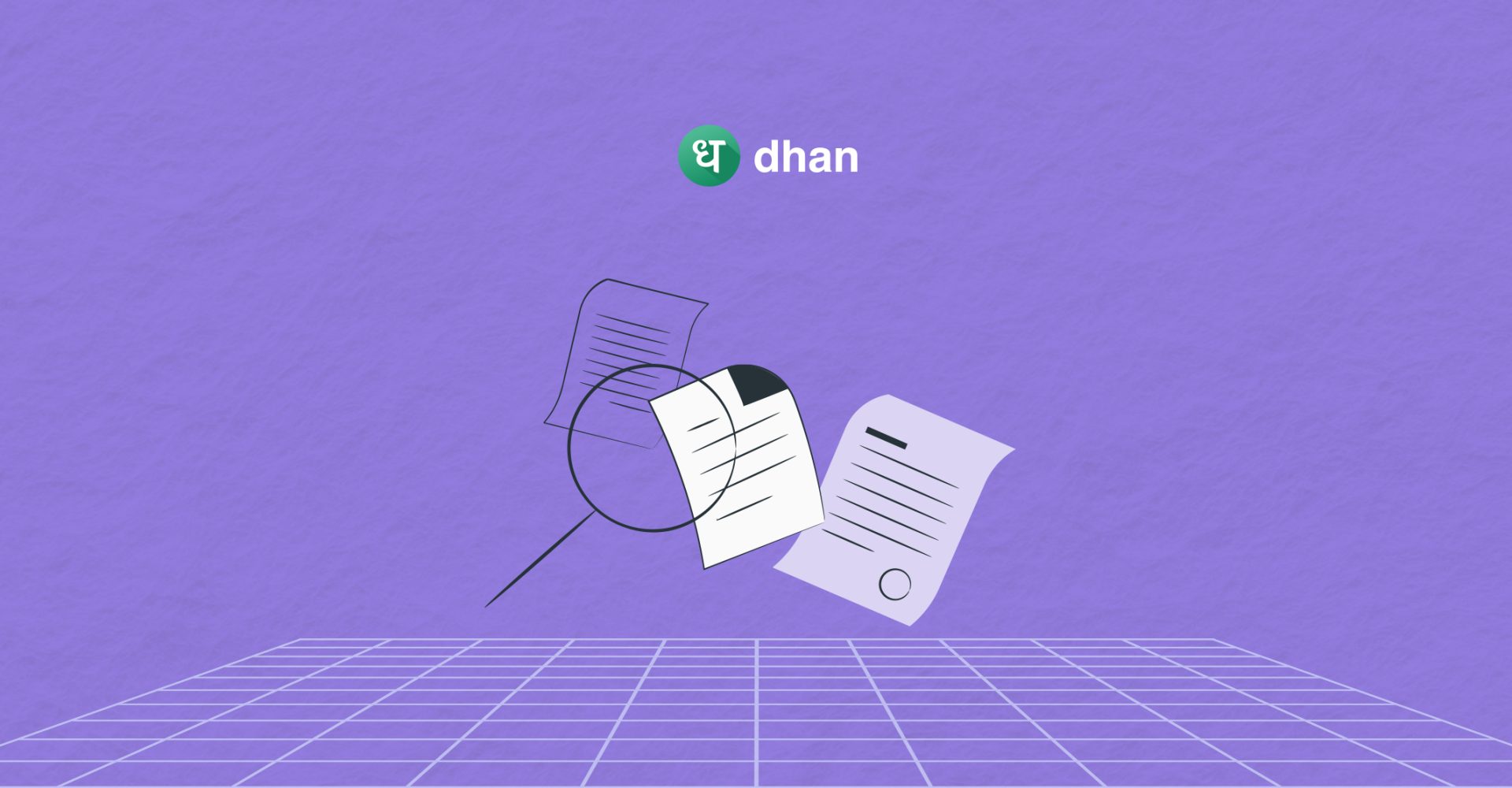Sometimes, investors may feel daunted to make an investment as there is so much technical jargon and paperwork involved.
One such word that might be puzzling is “Red Herring Prospectus”, especially if you’re looking to invest in IPOs for the first time.
But do not worry! We’re here to break down the obscurity of this document and clarify its importance for investors in easy-to-understand language.
Red Herring Prospectus Meaning
A Red Herring Prospectus (RHP) is an essential document released by companies intending to go public with an Initial Public Offering (IPO).
It functions as a preview of the prospectus, including important information about a company and the IPO without including the final offer price or the precise quantity of shares to be sold.
Also, it is known as the “Red Herring” prospectus as it is mentioned in the red ink that the piece of writing is not complete and securities won’t be sold until approved by the Securities and Exchange Board of India (SEBI).
You can find the RHP examples on a company’s website (issuing a new IPO) and on the websites of SEBI, stock exchanges, and leading investment banks handling the IPOs. We at Dhan show it on our app too 🙂
Why is Red Herring Prospectus Important?
A Red Herring Prospectus’s primary objective is to educate prospective investors on the company’s operations, business, finances, risks, management personnel, present shareholders, ongoing legal proceedings, IPO goals, and other important details.
It also helps to comply with the regulations set up by the governing body, SEBI. However, SEBI has all the rights to ask for changes in the prospectus to make sure all the information is included.
This information helps investors make accurate investment decisions by studying this document, which provides them with an understanding of the company’s fundamentals.
Additionally, it acts as a marketing strategy by piquing investors’ curiosity and building anticipation before the IPO’s release on the market.
Difference Between Red Herring Prospectus and Draft Red Herring Prospectus
Some investors may be confused between RHP and Draft Red Herring Prospectus (DRHP). However, there is a difference between both and this is what it is.
The basic difference between both the prospectus lies in its stage of approval.
The DRHP is the initial prospectus having all the important details of a company and is submitted to SEBI for reviewing and approval.
Once it is approved by the authority it is known as the Red Herring Prospectus with the necessary changes to be done in the draft red herring prospectus as suggested by the SEBI.
The RHP is shared with the investors having a disclaimer in red ink which indicates that it can be changed and is not the final one.
Also, the other crucial details such as the offer price and number of shares offered are not disclosed here.
Regulatory Compliance for Red Herring Prospectus
You may now be wondering if anyone can simply create a RHP to begin offering stock for sale. No it’s not like that! To ensure that everything is just and equal, regulations have been put in place.
Regulators, like SEBI, ensure that companies prepare these documents in accordance with stringent regulations.
This guarantees transparency and shields investors from any unethical practices of a company. Let us have a look at the contents of a RHP:
General Information
This section includes general information including industry and market data, protocols used, definitions of terminologies and abbreviations utilized throughout the document, and foreign currency rates.
It also includes an overview of the proposal document and statements about the company’s business to be carried forward.
Risk Factors
This section helps to know the level of riskiness in a company pertaining to its operations and industry.
With this, investors can analyze the risk-reward factor for better decision-making.
Company Overview
All the Information about the company is covered in this section. This includes an outline of:
- Sector
- Company’s operations
- Significant laws
- Guidelines that control the business
- Organizational governance
- Administration and Key Management Personnel
- Business model
- Dividend policy
Financial Details
Gives an overview of the company’s financial standing through financial statements including P/L statements, balance sheets, cash flow statements, and auditing reports.
Management Outlook and Analysis
It provides insight into a company’s present and future strategies as well as key performance metrics. This helps the investors to better understand the growth perspective of a company.
Legal and Regulatory Declarations
Ensures regulatory compliance and transparency by covering legal and regulatory disclosures, such as permits from regulators, pending lawsuits, and compliance-related challenges.
Additional Details
The Red Herring Prospectus ends with this section. It includes details about significant contracts, company records, and the directors’ declaration.
Conclusion
To sum up, the Red Herring Prospectus is crucial to the IPO process since it provides investors with important information about the company’s background and the planned offering.
As it said, “Knowledge is power.” Investors may confidently traverse the IPO landscape and open doors to possible financial prosperity by having a good grasp of the Red Herring Prospectus.
Like this? Then you’ll love these blogs:




